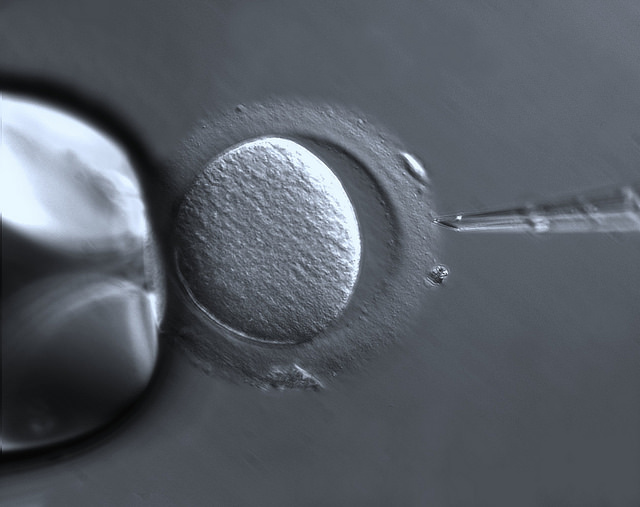Aggregated News

By 2100, in vitro fertilization (IVF) might account for 3.5% of the global population — some 400 million people. It has already produced an estimated 6 million babies. Little wonder, then, that we tend to forget how remarkable IVF is, or how controversial it was 40 years ago, when researchers used the technique to conceive Louise Brown, the world’s first ‘test-tube’ baby.
London’s Science Museum celebrates Brown’s 40th birthday with an exhibition on the history and science of the procedure. Visitors to IVF: 6 Million Babies Later travel from the frustrating early days of research, when failure seemed unrelenting and funding unavailable, to today’s drive to improve global access to the technique.
The British researchers who blazed the trail in the 1960s loom large here. Among them were embryologist Robert Edwards (the first person to artificially fertilize human eggs in the laboratory), technician Jean Purdy and gynaecologist Patrick Steptoe. Purdy’s inclusion is key: not only did she nurture the embryo that would become Brown, but she was also the first to describe the early human blastocyst’s formation. Yet...



